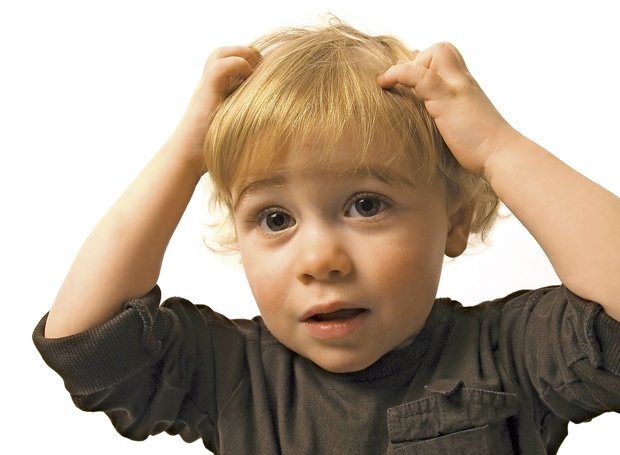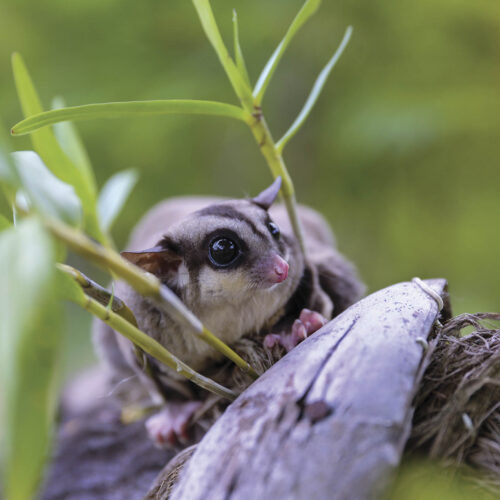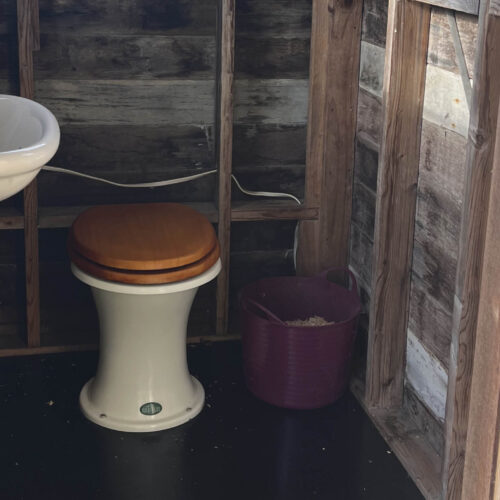Treating head lice
2014-03-24T23:03:22+11:00
With the incidence of head lice on the rise, KYLIE McGREGOR looks at the shift towards chemical-free treatments.
It’s a sign every parent dreads: their child incessantly scratching their head, a likely indication of head lice. While these tiny, blood-sucking parasites are often cause for alarm, what can be more frightening are the chemicals found in many of the treatments used to eradicate them.
According to Australia’s head lice expert, Rick Speare, emeritus professor at James Cook University, the chemicals used in head lice formulations are “basically neuro-toxic poisons that kill the insects by damaging their nervous system”.
And while all head lice treatment products must be listed with the Therapeutic Goods Administration (TGA) of Australia and meet its regulations, many parents still have concerns about putting chemicals on their child’s head.
The most commonly used treatments for head lice are insecticides, including pyrethrins (usually naturally derived from chrysanthemums), synthetic pyrethroids (such as permethrin) and organophosphates (such as malathion and maldison). Numerous studies have shown organophosphates to be potentially harmful to human health and childhood development.
The good news is that there are plant-based alternatives, and both their availability and popularity have grown in recent years. Speare says the reason for this is two-fold: more parents are opting for herbal treatments and the efficacy of many of the chemical-based products is waning (with lice developing resistance, increasing the incidence of infestations).
Indeed, a 2003 review by the TGA found there were more than 20 products listed for use in Australia containing a variety of herbal ingredients, the majority including melaleuca, lavender, eucalyptus or rosemary oils.
Effective treatments
According to Speare, about 70 per cent of children will experience head lice at some stage, with up to 25% having active infestation at any one time. He says it is most common in primary school-aged children, particularly girls, and not all will show symptoms of itchy heads.
While efficacy varies from product to product, Speare says that understanding the life cycle of lice is key to successful treatment: “Once baby lice hatch you have about seven to 10 days to get rid of them. Otherwise, the females will start laying eggs and the life cycle will start again.”
One of the more recent treatment options on the market, Hedrin, uses the active ingredient dimethicone (a silicone-based oil commonly used in cosmetics, which is not a neurotoxin but rather smothers the lice), and has proven very effective in the treatment of head lice and their eggs, Speare says. However, he is quick to point out that no one product is 100% effective, and often a basic conditioner and nit comb is just as effective as either chemical or herbal treatments.
“When conditioner is thoroughly applied, it will stun lice for 20 minutes, allowing for easier removal with a nit comb,” he says. “Do this every two days for about seven to 10 days so you break the cycle.
“It’s also important that all the parents of a child’s contact group try and work with each other – everyone checking and treating simultaneously to help stop re-infection.”
Whether you choose to use an over-the-counter treatment or conditioner, the comb you use also plays an important role.
“Most nit combs are effective in removing lice, but the small plastic ones are not very effective with eggs,” Speare explains. “For this you will need one of the more sophisticated metal combs with rounded teeth [available from chemists].”
Prevention tactics
While there are many home remedies and products that claim to help prevent head lice, including the use of various essential oils, Speare says there is no evidence they work.
“I think the best preventative measure is for parents to check their children’s hair once a week, using the conditioner and nit comb method,” he says. “While you won’t necessarily stop new lice from coming to the hair, you will stop them from maturing and laying eggs.”
The other important message Speare wishes to stress is that head lice not be considered a social stigma: “I suspect one of the major health impacts of lice is on mental health. Some parents get very upset and anxious about it and this can be carried on to the child.
“At the end of the day it’s a little parasitic insect that’s a nuisance. Turn it into a positive: look at it as a chance to interact with your child.”
FACT OR MYTH?
Professor Rick Speare dispels the three most common myths about head lice.
Myth: Head lice can jump.
Fact: They can’t jump, but are spread by head-to-head contact.
Myth: You need to wash all bed linen during infestation.
Fact: Lice can’t survive off the head for more than a few hours. Washing bed linen is a waste of time and energy.
Myth: Head lice prefer dirty hair.
Fact: Long, short, curly, straight, dirty or clean – lice do not discriminate against hair types.
I think the best preventative measure is for parents to check their children’s hair once a week, using the conditioner and nit comb method.
MAKE YOUR OWN HEAD LICE TINCTURE
Lice hate lavender, tea tree and citronella. Comb conditioner through affected hair daily for 10 days, using a nit comb to remove the eggs and lice. This should disrupt their lifestyle sufficiently to make eradication easier. You can then make your own lice deterrent tincture (see below), which can be sprayed on the hair (avoiding the eyes) before children leave for school. Hopefully you will have the herbal ingredients in your garden. A tincture is a liquid extraction of the active ingredients in herbs, which is partially preserved by alcohol. It keeps for around two years in a cool, dark place.
To make the tincture, use a liquid base of 25 per cent alcohol to 75 per cent water (for example, 250ml of vodka, which doesn’t contain additives, to 750ml of water.) Set this mixture aside. Next, gather herbs such as tea tree, peppermint, lavender leaves and flowers, and lemongrass. Add these at a ratio of 1 part herbs to 4 parts alcohol (for example, add 250g of chopped herbs to a litre of alcohol mix). Pour this mix into a jar or container with an airtight lid and place in a cool spot for a couple of weeks, shaking every couple of days. Using muslin or a fine strainer, strain the liquid into a second jar, squeezing as much liquid as possible from the herb mass. This liquid is your tincture. It smells good too.
– Linda Cockburn






